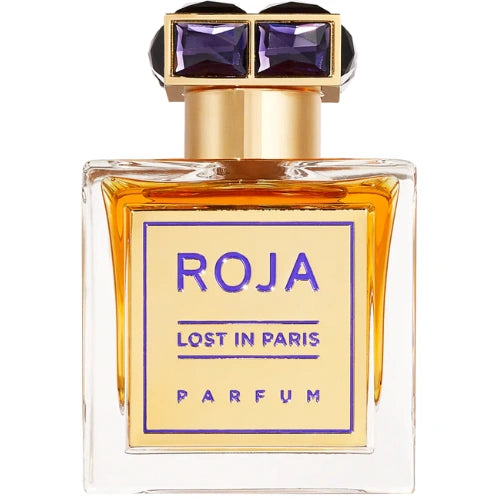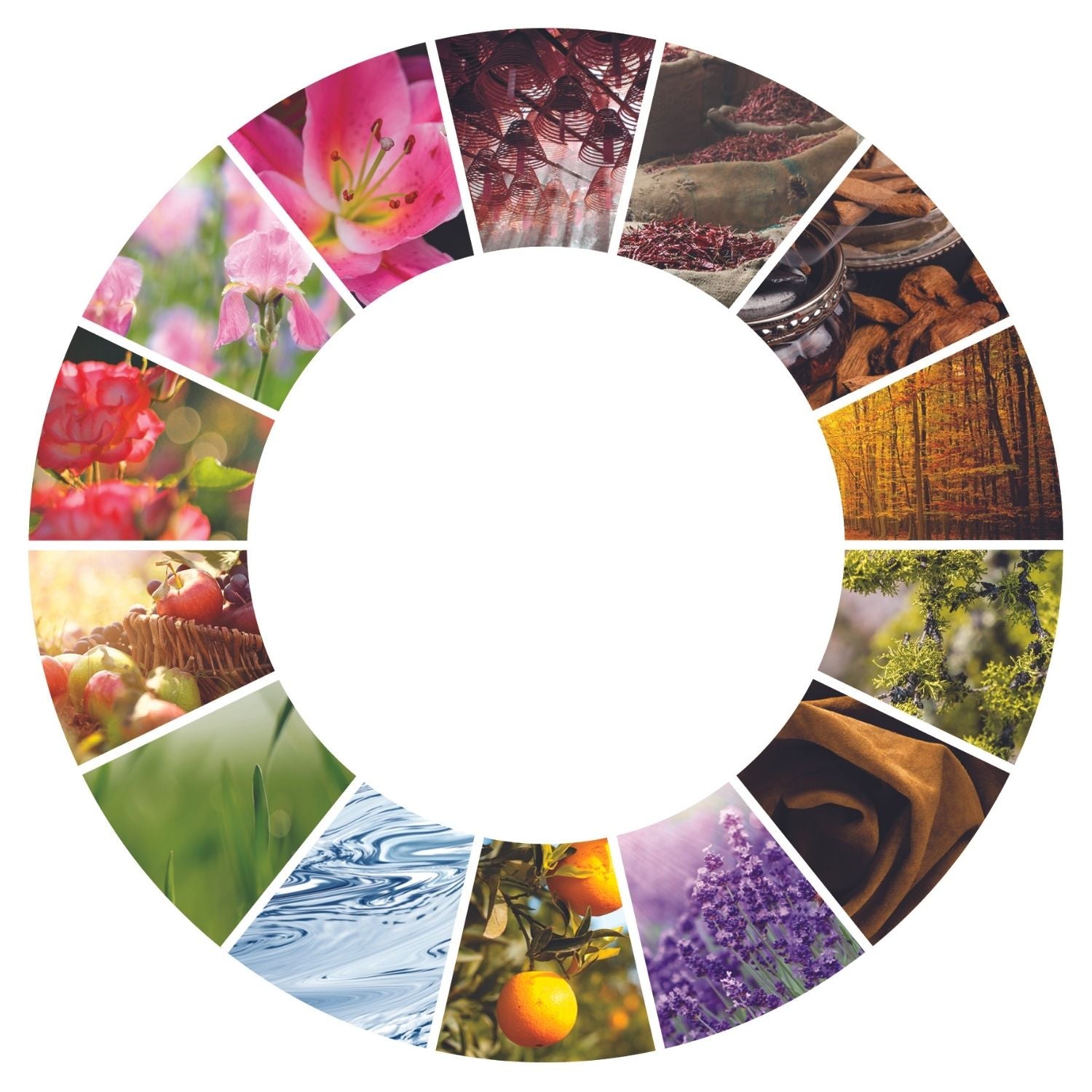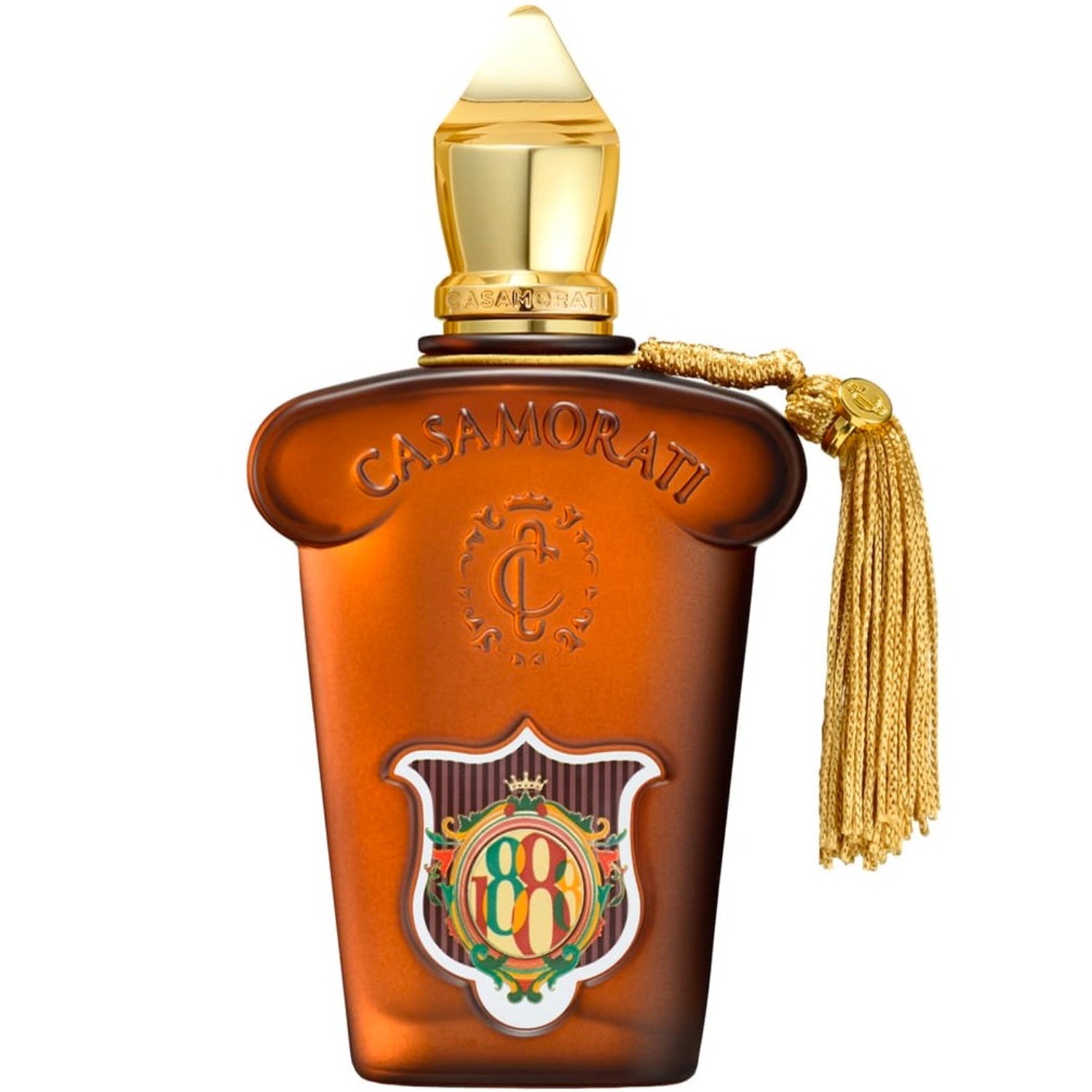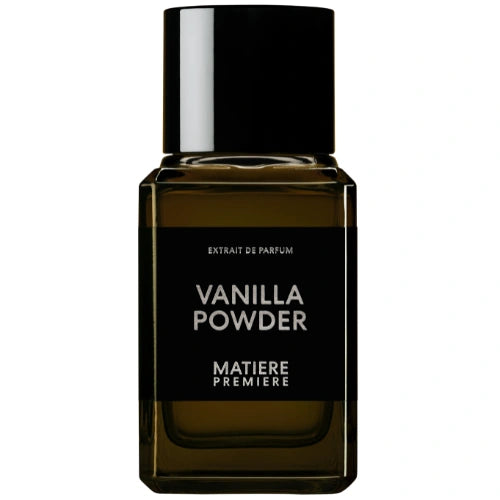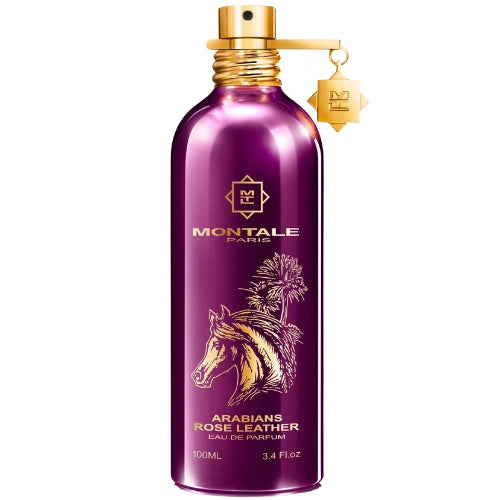Sometimes we come to rely on something so much that it’s hard to imagine life without it. For the perfume industry, the Fragrance Wheel is that something.

A Brief History
Early attempts to devise a standardised way for organising fragrance include Austrian perfumer Paul Jellinek’s Odour Effects Diagram, published in his bookThe Practice of Modern Perfumeryin 1949. Another notable version is the Fragrance Circle by U. Harder in 1979.
In 1992, identifying a need to help both retailers and consumers, acclaimed British perfume expertMichael Edwardsfeatured the first iteration of the ‘Fragrance Wheel' in his annular edition ofThe Fragrance Manual.
The new creation drew much of its inspiration from Ann C. Noble’sWine Aroma Wheel. While researching wine aroma compounds typical of specific varietals of wine, Dr. Noble discovered that her colleagues and students lacked the language to accurately describe what they were smelling.
To remedy this, she and her students created the Wine Aroma Wheel between 1984 and 1987. Its modern form is now available for red, white, and even sparkling wine, and remains a significant forerunner to Edwards’ Fragrance Wheel.
His annual edition of Fragrances of the World is now the world's largest perfume classification guide.

What is the Fragrance Wheel?
The Fragrance Wheel is a circular diagram that illustrates the relationships between different olfactory groups. These relationships are based on similarities and differences, with groups — orfamilies— that share common olfactory characteristics located adjacent to one another on the wheel.
The wheel comprises four main families: Fresh, Floral, Woods and Amber. These groups are further subdivided into 14 subfamilies, which are determined by the dominant notes and ingredients found in a perfume.
With a consistent framework, the Fragrance Wheel offers an accurate way to understand and categorise fragrance. Since its inception in 1992 it has been widely adopted in the industry and remains a core resource for professionals and perfume lovers alike.

Left Side of the Wheel: Fresh and Floral
The Fresh family consists of Citrus, Water and Green subfamilies. They are typically clean and bright in character with zesty, herbal and oceanic notes.
The Floral family is home to Floral ,Soft Floral and Floral Amber. As you would expect the dominant characteristics are floral, with notes of freshly cut flowers, gentle spices and powdery notes.
While the Fruity subfamily falls into the left half of the wheel it does not belong to either of these families, and instead acts as the endpoint of Fresh and the gateway to Floral.
Want to learn more? Join our Fragrance Wheel™ Part 1 On-Demand Masterclass.

Right Side of the Wheel: Woods and Amber
The Woods family comprises Woods, Mossy Woods and Dry Woods. They are dominated by resinous notes, with a range of earthy, smokey and leathery characters.
The Amber family includes Soft Amber, Amber and Woody Amber. They are typically warm and intense in character with a range of sweet, spicy and earthy notes.
The Aromatic subfamily, much the same as Fruity, stands alone, acting as the connector between Dry Woods and Citrus.
Want to learn more? Join our Fragrance Wheel™ Part 2 On-Demand Masterclass.












